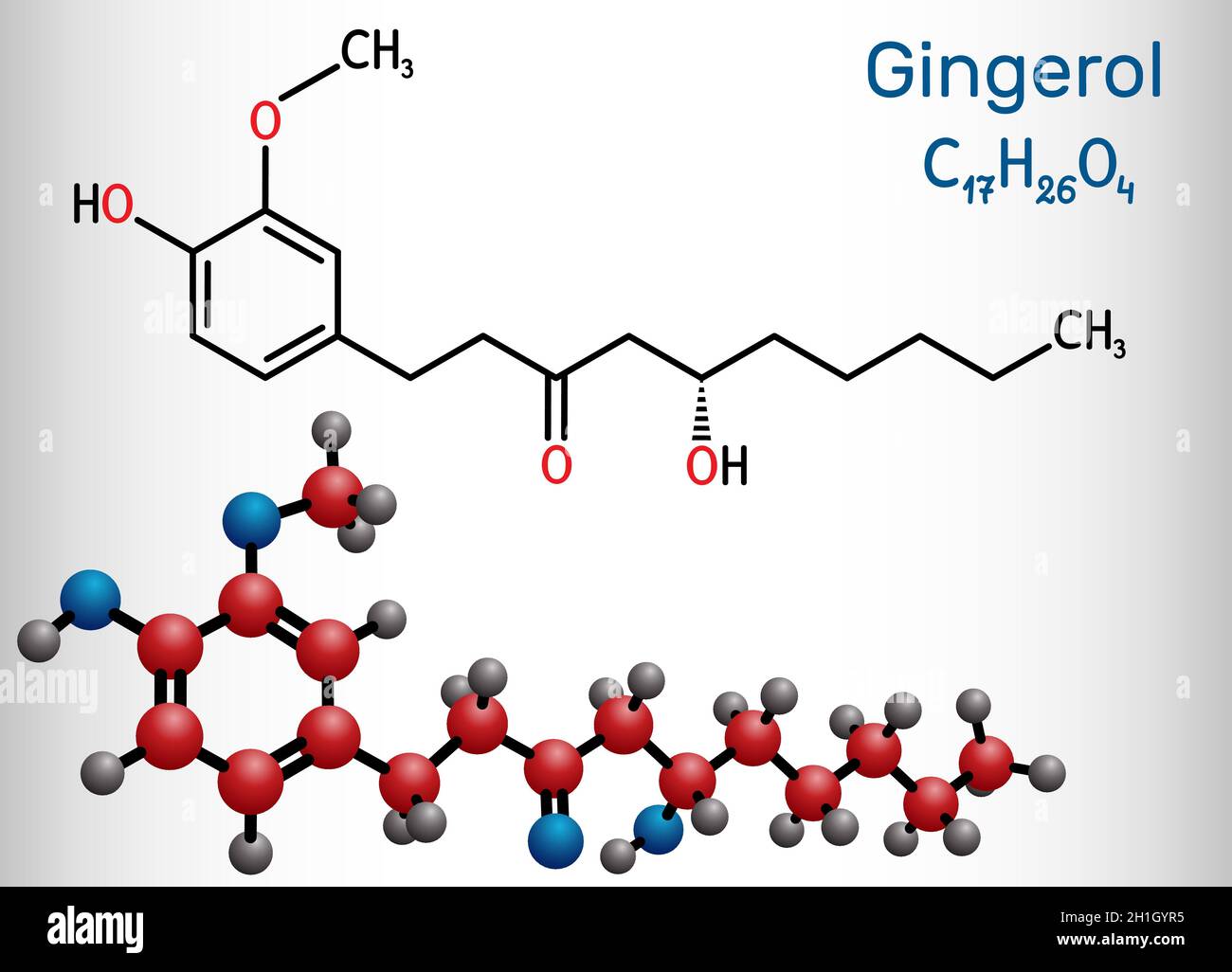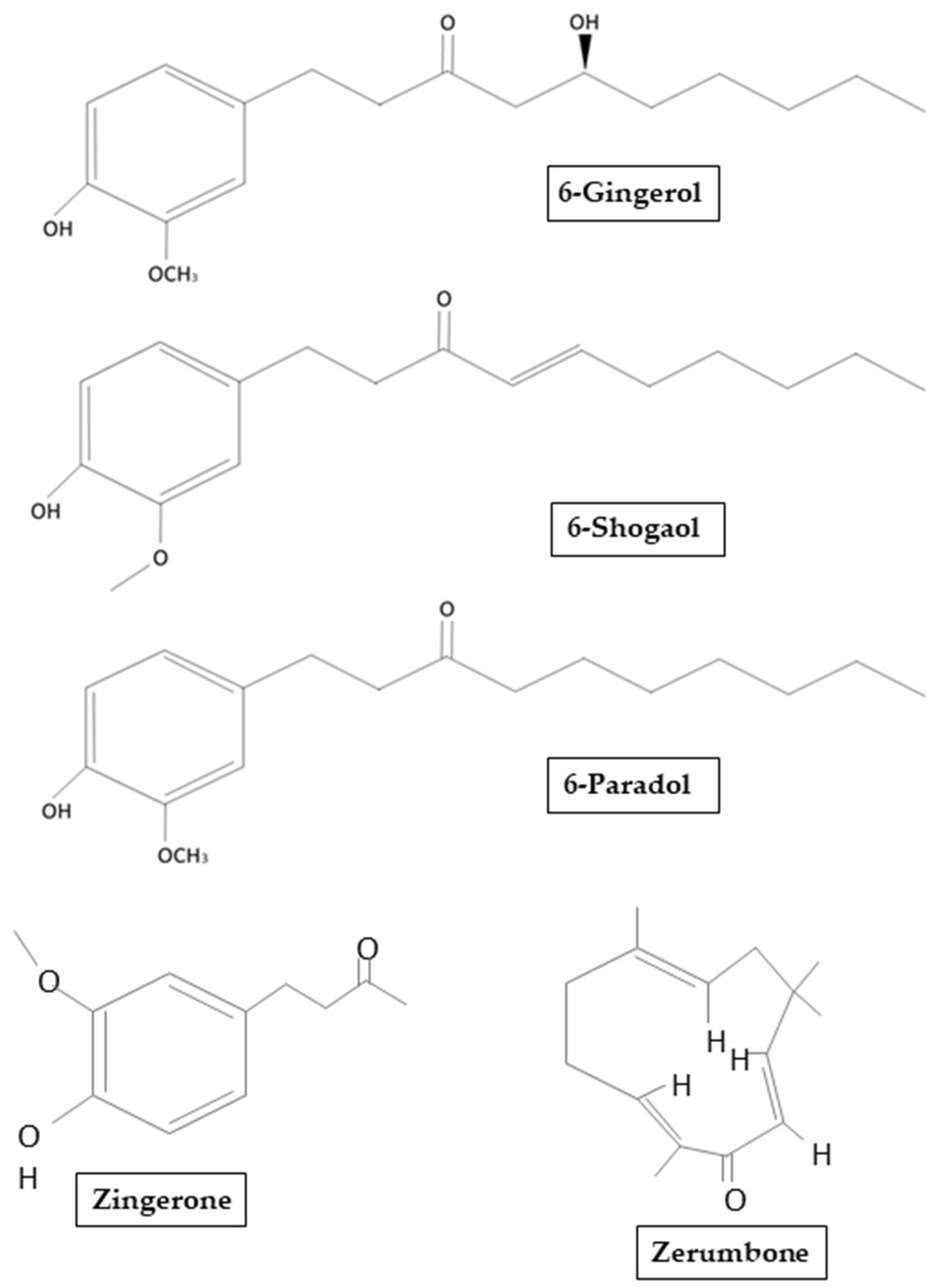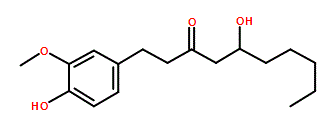
This suggests that targeting of the HNF4α/miR-467b-3p/GPAT1 cascade may be used as a potential therapeutic strategy to control NAFLD.ĭeepmala Joshi. Our findings establish a novel mechanism by which 6-G improves NAFLD.


HNF4α/miR-467b-3p/GPAT1 signaling also was observed in human samples with hepatic steatosis. Moreover, it increased the transcriptional activity of HNF4α, resulting in the increase of miR-467b-3p and subsequent decrease of GPAT1. 6-G inhibited FFA-induced lipid accumulation and mitigated hepatic steatosis. In addition, miR-467b-3p up-regulation by 6-G was observed. Overexpression of miR-467b-3p decreased intracellular lipid accumulation in FFA-treated hepatocytes and mitigated hepatic steatosis in HFD-fed mice via negative regulation of glycerol-3-phosphate acyltransferase-1 (GPAT1). We found that miR-467b-3p was down-regulated in liver tissues from HFD-fed mice and in FFA-treated Hepa1-6 cells. The HNF4α/miR-467b-3p/GPAT1 axis was measured in mouse and human fatty liver tissues. 6-G was exposed to FFA-treated cells and HFD-fed mice. Gain- or loss-of-function of miR-467b-3p was induced using miR-467b-3p–specific miRNA mimic or miRNA inhibitor, respectively.
#Gingerol chem draw free#
MiR-467b-3p expression was measured in free fatty acid (FFA)-treated hepatocytes or liver from high-fat diet (HFD)-fed mice. In this study, we assessed the role of miR-467b-3p in the pathogenesis of hepatic steatosis and the regulation of miR-467b-3p by 6-G through the hepatocyte nuclear factor 4α (HNF4α). In addition, 6- gingerol (6-G), the functional polyphenol of ginger, has been reported to ameliorate hepatic steatosis however, the exact mechanism involved and the role of miRNA remain elusive. Dietary polyphenols modulate the expression of miRNA such as miR-467b-3p in the liver. The development of nonalcoholic fatty liver disease (NAFLD) can be modulated by microRNAs (miRNA). Taeyoul Ha, in Cellular and Molecular Gastroenterology and Hepatology, 2021 Background & Aims The results suggest that 6-gingerol suppresses astrocyte overactivation, through which it contributes to improvement of cognitive ability. Besides, 6-gingerol inhibited LPS-induced increases in levels of GFAP and TNF-α in the rat brain. 6-Gingerol attenuated LPS-induced imapirement of MWM learning and memory in a dose-dependent manner. The spatial learning and memory of rats challenged with LPS (10 μg, i.c.v.) in the absence or presence of 6-gingerol were evaluated using the Morris water-maze (MWM) test. All these were blocked by 6-gingerol in a concentration-dependent manner. C6 astroglioma cells treated with LPS were found to release excessive pro-inflammatory cytokines, including TNF-α and IL-6, and also increase intercellular ROS, NO, and iNOS ( i.e. Here we examined the neuroprotective effects of 6-gingerol in lipopolysaccharide (LPS)-induced disorder models both in vitro and in vivo. Since neuroinflammation plays an important role in neurodegenerative diseases, such as Alzheimer’s disease (AD), and astrocytes have been considered important in the process of neurodegeneration, it was of interest to know whether 6-gingerol reduced astrocytes activation or even attenuated cognitive impairment.

Han-Ting Zhang, in Biomedicine & Pharmacotherapy, 2018 AbstractĦ- Gingerol, the major component of gingerols extracted from Zingiber officinale, has been shown to exhibit anti-inflammatory and antioxidant bioactivities.


 0 kommentar(er)
0 kommentar(er)
